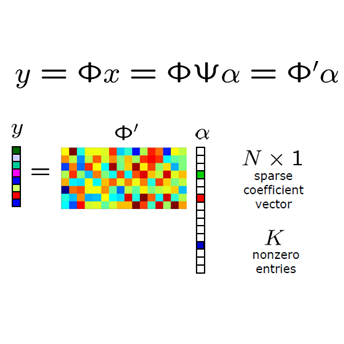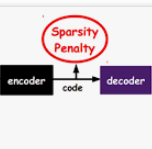项目名称: 基于深度稀疏表达的快速磁共振成像研究
项目编号: No.61471350
项目类型: 面上项目
立项/批准年度: 2015
项目学科: 无线电电子学、电信技术
项目作者: 梁栋
作者单位: 中国科学院深圳先进技术研究院
项目金额: 85万元
中文摘要: 扫描时间长一直是限制磁共振成像在临床被广泛应用的瓶颈问题。压缩感知理论为突破这一瓶颈提供了崭新的解决框架,其中待重建图像的稀疏性是这一理论能成功应用的根本保障。目前依靠单个层级、线性的稀疏表达已经基本达到了稀疏能力的极限,而研究具有多个稀疏层级、能表征图像非线性结构的新稀疏表达模型已经成为压缩感知框架下稀疏性研究的最新趋势。因此,本项目将提出深度稀疏表达模型的理论框架,通过若干关联的线性/非线性变换依次作用,逐步实现稀疏最大化,以进一步减少重建磁共振图像需要的数据量,从而达到快速成像的目的。具体包括:1)研究基于自适应字典/变换和基于非线性自动编码网络的深度稀疏模型;2)提出高效的图像重建模型和求解算法;3)优化欠采样轨迹并设计扫描序列,实现磁共振仪上的直接欠采样重建并验证所提出方法的有效性。本项目的实施将为快速磁共振成像技术的发展提供新的理论基础和方法,进而推动其在临床上的应用。
中文关键词: 核磁共振成像;快速成像;压缩感知;稀疏表示;图像重建
英文摘要: Long acquisition time presents a bottleneck for the widespread application of magnetic resonance imaging (MRI) technique in clinics. The theory of compressed sensing (CS) provides a novel solution to breaking the deadlock. The inherent sparsity of the image to be reconstructed is the fundamental condition with which CS can be successfully applied. Currently, single layer, linear transform has reached the ceiling of sparsifying ability. The study on the sparse representation model that has multi-layer and can nonlinearly represent the image is the new trend in CS framework. In this study, we propose the theorem of deep sparse representation to pursue the maximum sparsity. The proposed model uses several related linear/nonlinear transforms to sequentially sparsify the signal. It can be expected that fast imaging can be achieved by significantly reducing the required number of MR acquisitions for reconstruction. This project will: 1) study the deep sparse representation model based on adaptive dictionary/transform and nonlinear autoencoder network; 2) propose an effective reconstruction model and corresponding algorithm; 3) optimize the undersampling trajectory, design pulse sequence, reconstruct the image on-line, and validate the effectiveness of the proposed method. It can be anticipated that the accomplishment of this project can provide new theoretical principle and method for fast MR imaging and promote its clinical application.
英文关键词: MRI;Fast imaging;Compressed sensing;Sparse representation;Image reconstruction

